
The Kaluga Zaseki Nature Reserve
https://zaseki.ru/nature/flora-fauna/
The Kaluga Zaseki is a state nature reserve located in the south – east of the Kaluga Region on the territory bordering the Orel and Tula regions.
The reserve was established by the decree of the Government of the Russian Federation of November 5, 1992.
The reserve consists of two sections: North and South. The total area is 18,533 hectares. The plots are separated from each other by 12 km: the area of the Southern section is 11784 hectares, the area of the Northern section is 6749 hectares. The reserve is surrounded by a protected area within 200 m from the borders. There are about 20 rivers and streams on the territory of the reserve.
The climate of the reserve is moderately continental.
The list of flora of the Kaluga Zasek includes 726 species of higher vascular plants belonging to 94 families. Of the total plant species diversity, 54 species are trees and shrubs, the rest of the plants are grasses, shrubs or aquatic plants.
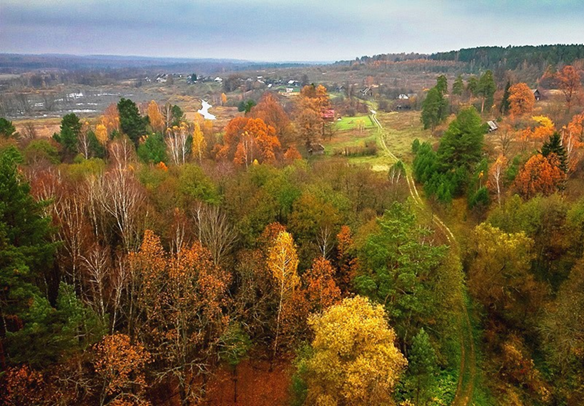
Of coniferous trees, pine and spruce are the most common, sometimes reaching huge sizes. Much less common in coniferous forests and along their edges is common juniper. Two types of birch are common here – fluffy and warty. Occasionally, gray alder is also found here. Hazel grows in many types of forest, giving abundant harvests of hazelnuts every few years. However, truly, the decoration of the reserve is a petiolate oak.
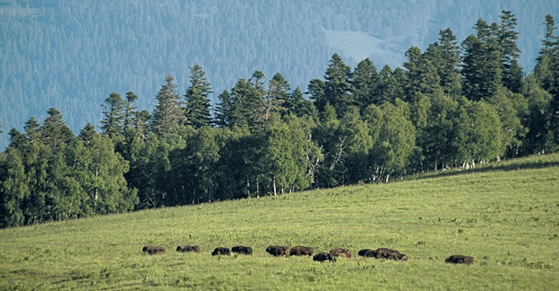
Tsar Peter I considered oak forests as reserves of strategic wood, which was used for the manufacture of ships. Therefore, everywhere, and especially in the zasechny forests, these trees were not only protected, but also various forestry measures were carried out to improve and restore oak forests.
Here, as nowhere else in the reserve, the seasons change the appearance of the forest. In spring, before the foliage blooms on the trees, the entire soil is covered with a carpet of flowering plants: four species of crested, buttercup anemone, spring primrose, indistinct honeydew, goose bows, etc. Amid this carpet of flowers, ferns unfold their leaves like cups. There is an incessant hubbub in the air and the singing of birds, the buzzing of bees, bumblebees, flies. Viviparous lizards and large shagreen ground beetles rustle through last year's foliage. A gray toad is waddling busily. Small mammals scurry around: the common brown-toothed vole, the red vole and the yellow-throated mouse. The spring broadleaf forest is full of life.
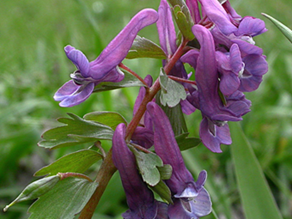
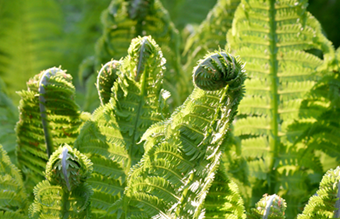
By June, when the foliage of the trees is gaining its full strength, the forest is quiet. The forest becomes damp and gloomy. Numerous mosquitoes in these parts do not give rest. Nevertheless, with the onset of the "Indian summer", the forest is transformed again – the golden autumn comes. Against the background of the blue autumn sky, the crowns of trees are painted with a mosaic of golden-green to crimson-red leaves. A sharp gust of wind showers you with rain of these colorful leaves. But the autumn golden paint quickly passes and a dull period of late autumn comes. The forest is bare, damp, and silent, only the knock of a woodpecker and the melodious whistling of tits and nuthatches break the silence. In winter, the broad-leaved forest attracts animals and birds with its food supplies and shelters.
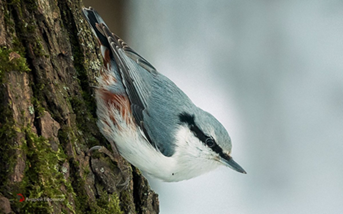
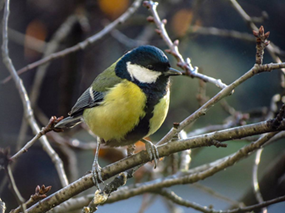
The species composition of mammals (in the reserve and in the neighboring territories) includes 63 species. Insectivores - 9 species; bats – 6 species; hares – 2 species; rodents – 19 species; predatory – 14 species; artiodactyls – 6 species. The mammalian fauna includes such regionally rare species as bear, lynx, and badger. Three species living in the reserve are listed in the Red Book of the Russian Federation: giant evening bird, European bison and Russian muskrat. Common species of large mammals are elk, roe deer, wild boar, wolf, lynx. Some species are not noted for a long time due to a hidden lifestyle or due to the lack of special studies.
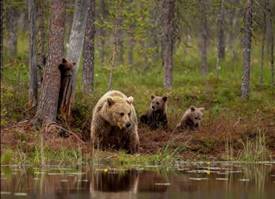
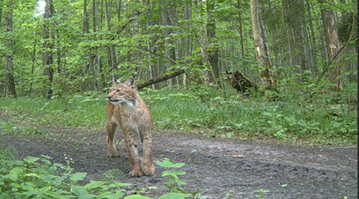
Ornithologists have registered 206 bird species, where 90 are rare and listed in the Red Books of the Russian Federation, Kaluga region: black stork, snake-eater, lesser-spotted eagle. The territory serves as one of the most important links of the ecological network for the conservation of the average mottled woodpecker, whose number is 100-280 pairs. From regionally rare or protected species, black kite, common wasp, dwarf eagle, gray crane, green woodpecker, etc. are regularly found. Along with the species of broad-leaved forests, representatives of the taiga fauna also live in the reserve: capercaillie, three-toed woodpecker, and bullfinch.
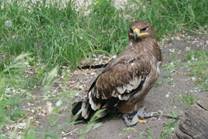
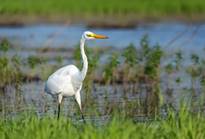
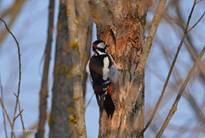
In high-water years, the marshes of the Vytebeti River attract flying waterfowl: migratory species linger here: the sibilant swan, the great white heron, and the white-cheeked tern. A kingfisher nests in the coastal cliffs of Vytebeti. The entire valley of the river is a migration corridor for rare species of birds: osprey, white-tailed eagle, peregrine falcon, gray goose.
Скачано с www.znanio.ru
Материалы на данной страницы взяты из открытых источников либо размещены пользователем в соответствии с договором-офертой сайта. Вы можете сообщить о нарушении.